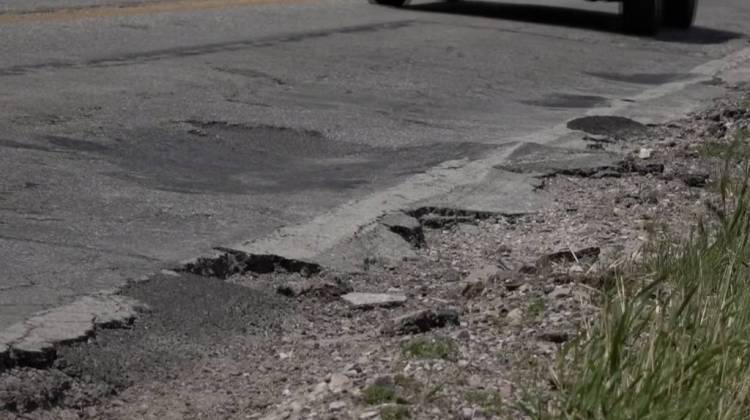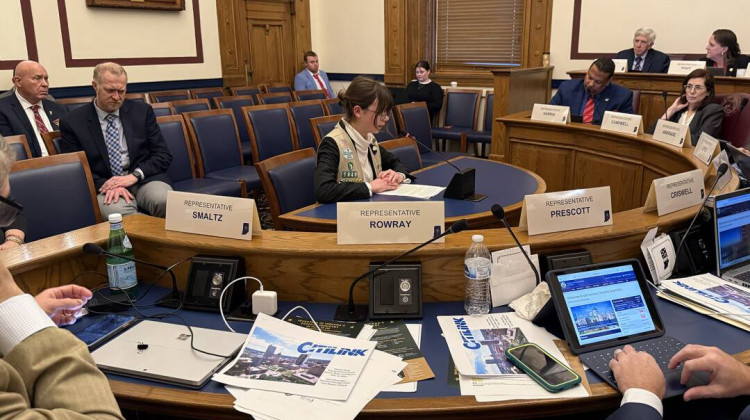
Peregrine falcons were removed from the federal endangered species list in 1999.
Pixabay/public domain
Indiana’s breeding population of peregrine falcons remains productive, according to DNR’s nongame bird biologist.
This spring the DNR banded 40 chicks, up from 32 in 2016, according to biologist Allisyn Gillet of the Division of Fish & Wildlife. Chicks were banded in East Chicago, Fort Wayne, Gary, Indianapolis, Michigan City, Petersburg, South Bend, Terre Haute and Wheatfield.
The number of falcons hatched this year in Indiana is likely even higher. Some of the known nest sites are inaccessible to biologists, and it is possible that nest sites exist that have yet to be discovered, Gillet said.
In Indiana, peregrine falcons nest in urban and industrial settings on man-made structures. At some known nest sites, biologists have built a nest box to provide the birds with additional cover. During falcon recovery efforts in the 1970s, scientists discovered that skyscrapers and other tall structures mimic the peregrine's natural cliff-side habitat.
“Peregrine falcons do not typically build a nest,” Gillet said. “Historically, they created a scrape on the ledge of a cliff and laid eggs there.”
DNR biologists monitor peregrine falcon nesting every year, banding most young falcons with leg identification tags to help monitor movement and survival. Biologists credit building managers and volunteers with supporting the program.
“Once again, building and plant managers throughout the state were cooperative in allowing access for banding at nest boxes,” John Castrale, retired nongame bird biologist said.
“Volunteers were invaluable in monitoring nesting, identifying adults and keeping young falcons out of harm’s way.”
Once threatened with extinction in North America, peregrine falcons represent one of the most successful restoration stories in the 40 years of the Endangered Species Act. Their recovery resulted in their removal from the federal endangered species list in 1999. In 2013, they were removed from the state endangered species list and are considered a species of special concern.
A half-century ago, habitat loss and decreased reproduction resulting from use of pesticides, such as DDT, put peregrine falcons in peril of surviving as a species. By 1965, no peregrine falcons nested east of the Mississippi River, and western populations had declined by 90 percent.
Efforts to study, breed and restore peregrine populations began in the 1970s.
Indiana started its peregrine falcon reintroduction project in 1991, and by 1994 the DNR had released 60 young falcons in Evansville, Fort Wayne, Indianapolis and South Bend.
The number of nesting pairs in the state has slowly increased. Nest sites are located on buildings, under bridges, on smokestacks along the Lake Michigan shoreline, and at power plants.
 DONATE
DONATE








 Support WFYI. We can't do it without you.
Support WFYI. We can't do it without you.